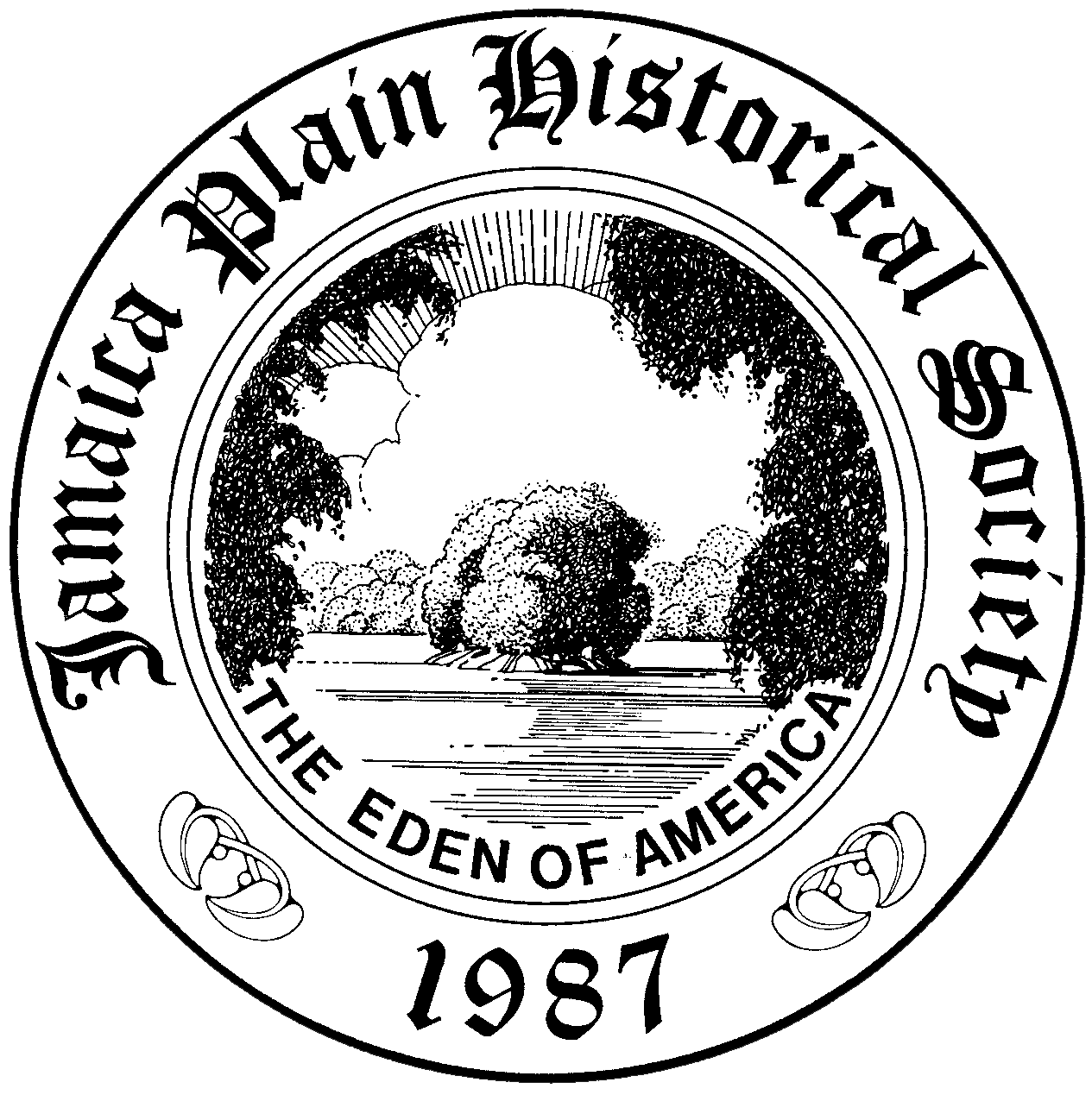2025 Historic Walking Tours
Please join us for our 30th season of historic walking tours. All JPHS tours are free to the public. Tours start on Saturday at 11:00 a.m. Our tours last between 60 and 90 minutes and are canceled in case of heavy rain. No reservations are required, just meet the guide at the location listed. A map showing the starting points of the walking tours can be found here.
Algunos tours para grupos están disponibles en Español. Favor de contactarnos para más información.
Cannot attend on Saturdays at 11:00? Click on the Tours link above to find our tours available to you anytime in an online app!
|
Date |
Tour |
|
May 10 |
Monument Square |
|
May 17 |
Sumner Hill |
|
May 24 |
Hyde Square |
|
May 31 |
Stony Brook |
|
June 7 |
Green Street |
|
June 14 |
Woodbourne |
|
June 21 |
Jamaica Pond |
|
June 28 |
Monument Square |
|
July 5 |
Sumner Hill |
|
July 12 |
Hyde Square |
|
July 19 |
Stony Brook |
|
Date |
Tour |
|
July 26 |
Green Street |
|
August 2 |
Woodbourne |
|
August 9 |
Jamaica Pond |
|
August 16 |
Monument Square |
|
August 23 |
Sumner Hill |
|
August 30 |
Hyde Square |
|
September 6 |
Stony Brook |
|
September 13 |
Green Street |
|
September 20 |
Woodbourne |
|
September 27 |
Jamaica Pond - with cake celebration |
|
September 28* |
special: Green Street (Sun at 2pm) |
Special Sunday Tour Offering for JP Open Studios on September 28 at 2:00 p.m.
Please join us at the conclusion of the Pond tour on September 27th for some cake to celebrate 30 years of JPHS tours!
Laid out in 1836, the street played a key role in Jamaica Plain’s development, functioning as a residential, commercial, and transportation conduit in the lives of the district’s residents. Although Green Street was subdivided as early as 1851 for stores, factories and houses, it was not extensively developed until the late 1870s with construction continuing until the early 1900s. The Bowditch School was completed in 1892, and early in the 20th century the United States Post Office moved from its location on Call Street at Woolsey Square to its new location at the corner of Green and Cheshire Streets.
Leaves from the lawn in front of the First Baptist Church, 633 Centre St.
Learn about 1840s Hyde Square when German and Irish immigrants transformed the neighborhood with their businesses, schools, and institutions. See how in the early 1960s, Hyde Square changed again when Cuban, Puerto Rican, and Dominican immigrants transformed it into Boston’s first predominantly Hispanic neighborhood. This tour also takes us to the home of Maud Cuney Hare, a prominent music historian and one of only two black women students at the New England Conservatory of Music in 1890. You will also learn about the property currently housing the MSPCA’s Angell Animal Medical Center which was once a site of the Perkins School for the Blind. The tour will also walk through the Sunnyside neighborhood, the site of homes built by philanthropist Robert Treat Paine from 1889 to 1899 as a “worker’s utopia” for working families.
Leaves from Brendan Behan Pub, 378 Centre St.
Explore the heart of JP on a tour that includes a National Historic District. You will view architecture that spans three centuries, the oldest community theater company in the United States, and an elegant eighteenth-century mansion that once served as the country's first military hospital. Additionally, the tour includes a house that once served as a tavern, the Eliot School, the home of the first woman to graduate from MIT, and the First Church Burial Ground.
Leaves from Loring-Greenough House, 12 South St.
Click here to see photographs for the Monument Square tour.
Once a district that only included the houses of Boston’s elite, the Pond later was put to industrial use as tons of ice were harvested there each winter. Learn about the movers and shakers such as Francis Parkman and James Michael Curley who made their homes on the Pond’s shores. Discover how the Pond was transformed from private estates and warehouses into the parkland we know today.
Leaves from the Bandstand, Pond St. and Jamaicaway.
Explore a fascinating industrial area at the geographic heart of Boston that includes 19th-century tannery and brewery buildings, the homes of early German settlers, and today’s Boston Beer Company, the brewers of Samuel Adams. In the 1970s, a coalition of community groups joined together to block construction of the Southwest Expressway through Jamaica Plain and other Boston neighborhoods. Today, the Southwest Corridor Park that runs through the Stony Brook neighborhood stands as a testament to the power of community activism.
Leaves from Stony Brook Orange Line T station.
Developed as a suburb by General William Hyslop Sumner in the mid-nineteenth century, this National Historic District includes one of the finest collections of Victorian houses in the area. The tour includes the ancestral home of the Dole Pineapple Company founder as well as the homes of progressives who were active as abolitionists and women suffragists.
Leaves from Loring-Greenough House, 12 South St.
This neighborhood developed from 19th-century summer estates into a model suburban enclave. It contains examples representative of New England architecture with designs by local architects and builders. It also contains an unusual garden city model housing development by the Boston Dwelling House Company which was founded in 1912.
Leaves from Bethel AME church steps, corner of Walk Hill and Wachusett Sts.







